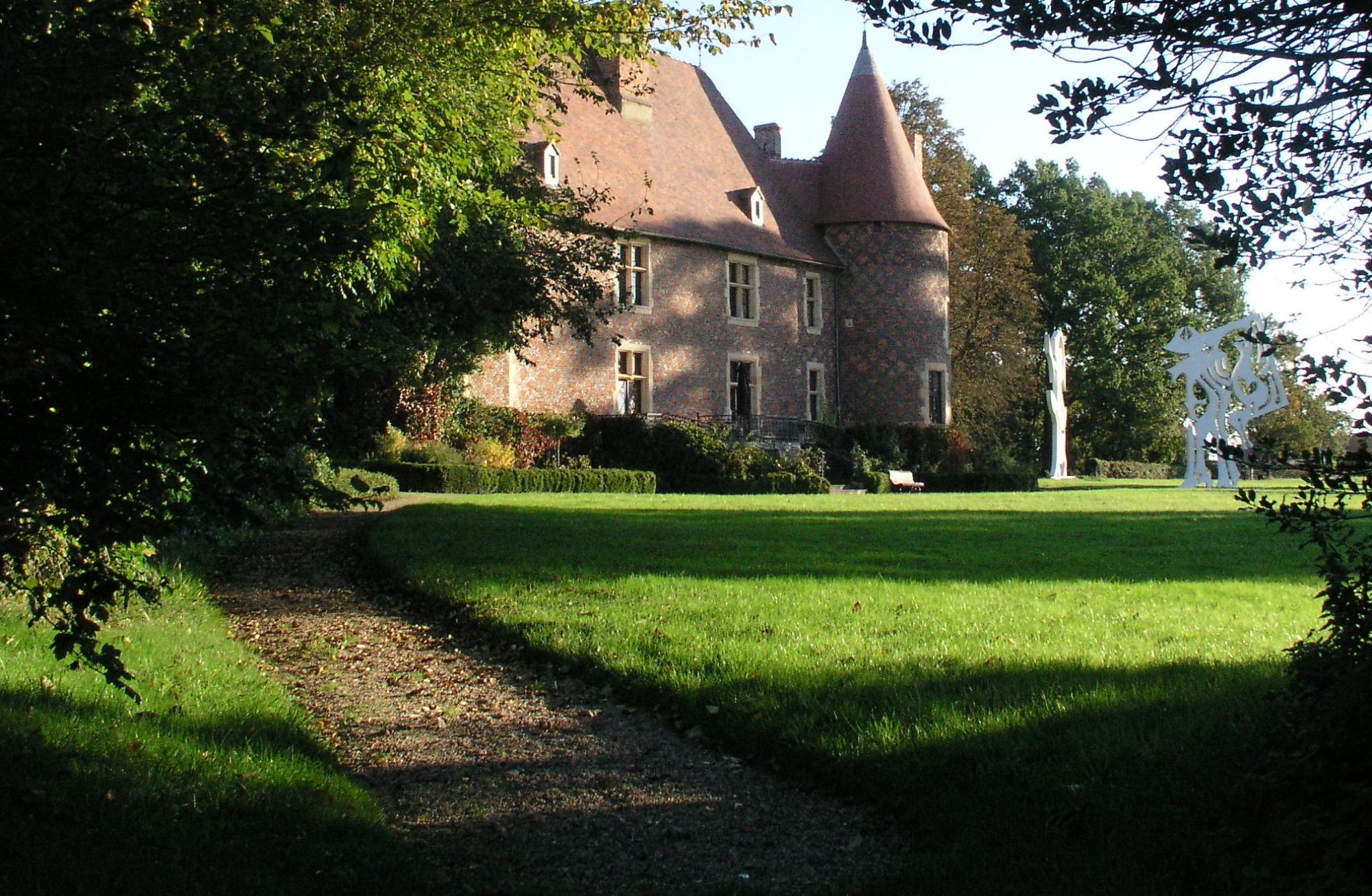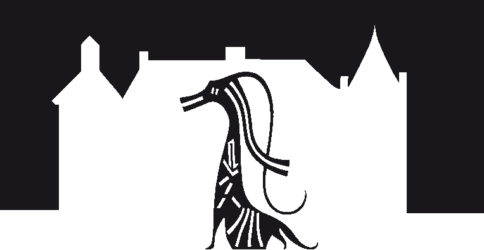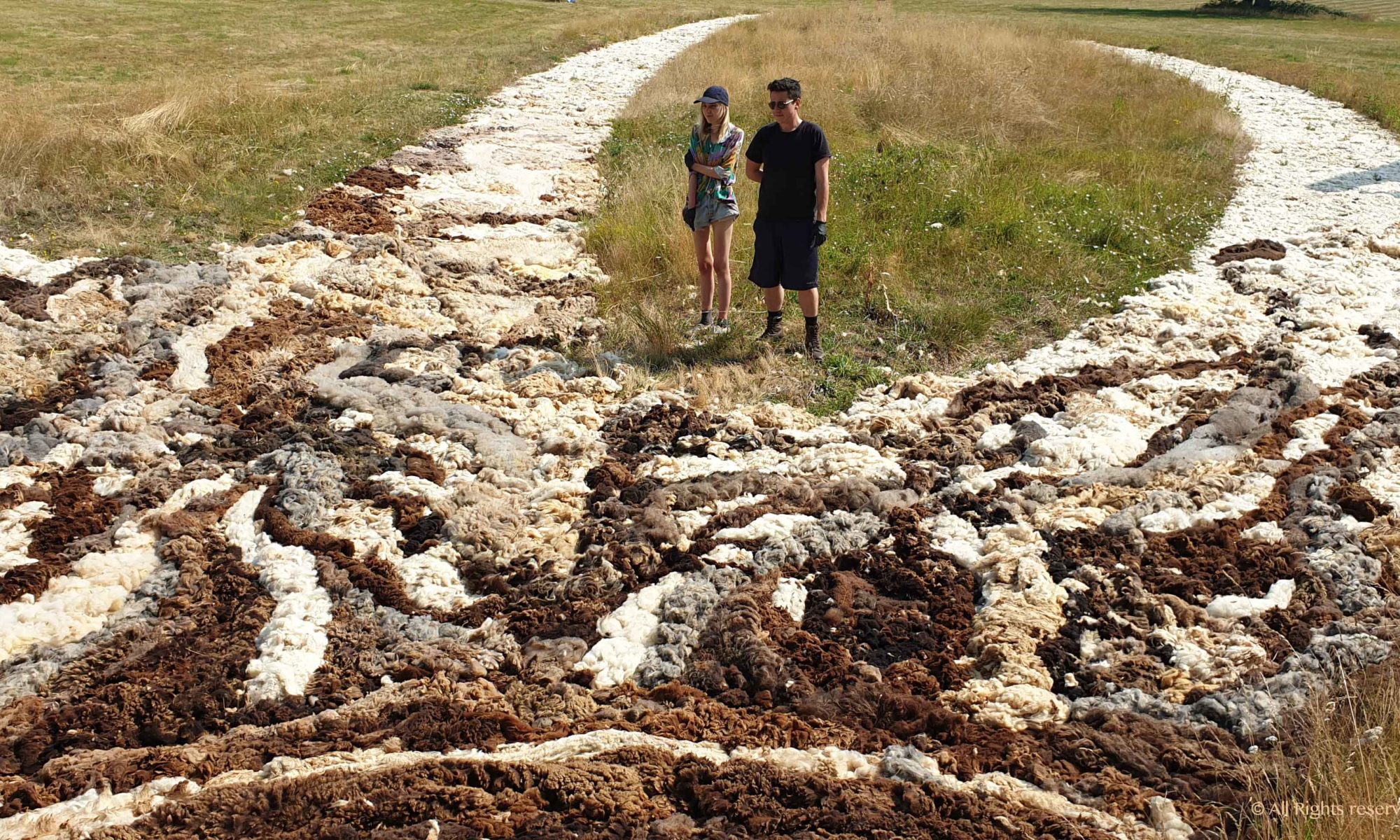Pilot project to promote innovative cultural tourism in rural areas
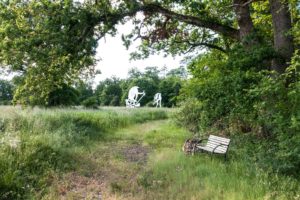
The challenge
Public Parks struggle to procure the resources necessary to prevent unwanted weed growth on the pathways. In addition, this situation has worsened due to new legislation which has banned the use of “roundup” (glyphosate).
Main idea
Sheep wool as a natural footpath covering to prevent weed growth in public parks; implemented at our sculpture park around the 16th-century castle “Les Fougis” in the French Auvergne
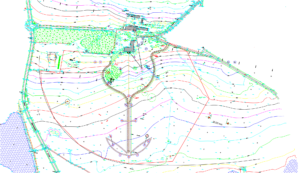
Project
Study of the idea’s feasibility through a three-year test on our 1.2 km footpath through the sculpture park. The idea is to create synergy—and consequently more public attention— between the following entities:
- A unique sculpture park surrounding a French castle which can attract tourists to the Allier department: The Chateau des Fougis served as the first “living lab” ever, in order to test the possibilieties of raw sheep wool in weed suppression.
- Wool as an innovative, ecological solution for weed prevention in this park and public parks at large
- Local agriculture and cultural tourism in the French countryside
- Monitoring and analysis by scientific institutions
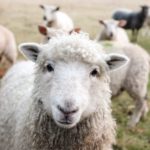 Raising sheep is a principal agricultural activity in the French Auvergne (and in many other regions all over Europe); however, the use of sheep wool is poorly planned and very inefficient due to ecological and economic aspects. French farmers sell their wool for miniscule prices to China. Upon its shipping to China, the wool is transformed into insolation, and then it is shipped back to Europe. Using wool for weed prevention and footpath beautifying would be an innovative, environmentally friendly application of this raw material.
Raising sheep is a principal agricultural activity in the French Auvergne (and in many other regions all over Europe); however, the use of sheep wool is poorly planned and very inefficient due to ecological and economic aspects. French farmers sell their wool for miniscule prices to China. Upon its shipping to China, the wool is transformed into insolation, and then it is shipped back to Europe. Using wool for weed prevention and footpath beautifying would be an innovative, environmentally friendly application of this raw material.
Initiator
Les Amis des Fougis – Non-Profit Organization/Association and
Christine Engelbrecht, Designer
Association Purpose: The preservation of the estate “Les Fougis”, which curates and opens a unique sculpture park to the public.
Participents and Donators
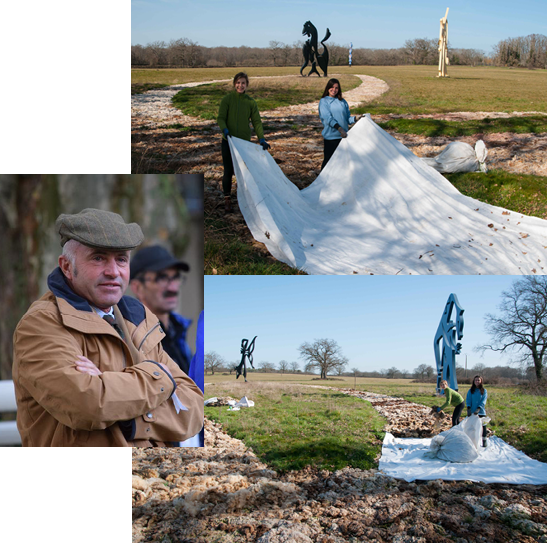

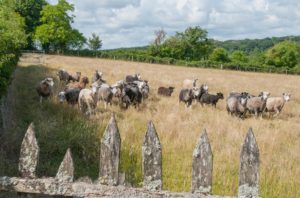
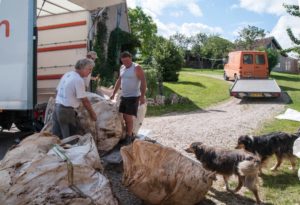
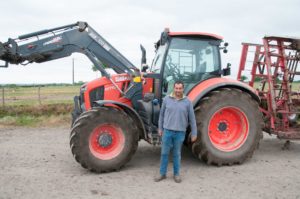
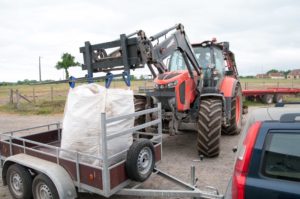
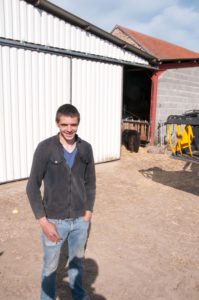
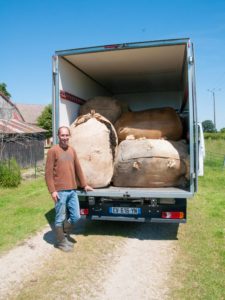
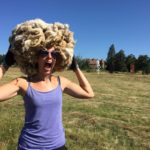
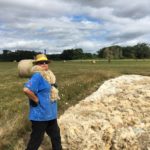
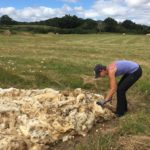
A) Final Documentation of the project – Results
1. Definition of the technical conditions:
The existing footpath was constructed in 2002 according to standard engineering principles with a continuous gradient, a drainage system and a 60 cm thick layer of compacted gravel. It initially served as access for the low-loaders and cranes during the installation of the heavy steel sculptures.
2. Purchase and application of raw wool:
The raw sheep’s wool was mainly given away by farmers from the surrounding area because it had been left over from the previous year and storage space had to be made available. Although the wool itself was free, 1.200,- € were spent on renting transport vehicles, fuel and delivery costs.
3. Duration and conditions of entanglement/solidification (Felting?) of the woolen cover on the pathway:
The wool was spread out in 2020 from 20 cm up to 30 cm thick. The wool shreds had different thicknesses. Nevertheless, the solidification trough frequent rolling over was neglected afterwards because we assumed that rain and sun would automatically lead to sinking and matting. This assumption was wrong: The wool initially becomes even fluffier through irrigation. Later, the blanket was thick in many places, but not dense enough to suppress grass growing through it in particular. It also turned out that the non-densified wool dissolved and melted relatively quickly due to UV radiation and rain. After just one year, the amount of wool seemed to have somehow halved.
4. First impression of the new surface
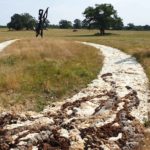 Walking on the wool carpet was initially an absolutely surreal feeling. To put it in the words of our friend Alex Polydoroff, who is a famous musician in the USA: “It’s like walking on a cloud.” Overall, the project became kind of a work of art at that point in time, more than a scientific project. In fact, two “Land Artists” came randomly by and laid a great picture in a crossway by differently colored wool. Like most works of landart, it remained a transient work of art. Two years later, it had nearly faded away…
Walking on the wool carpet was initially an absolutely surreal feeling. To put it in the words of our friend Alex Polydoroff, who is a famous musician in the USA: “It’s like walking on a cloud.” Overall, the project became kind of a work of art at that point in time, more than a scientific project. In fact, two “Land Artists” came randomly by and laid a great picture in a crossway by differently colored wool. Like most works of landart, it remained a transient work of art. Two years later, it had nearly faded away…
5. Undesirable side effects (e.g. odor development or limited accessibility)
Of course, there was a strong odor of wet wool, especially when it had rained or in very warm weather during the first two years. Some people were bothered by this, others not. The path was also very unusual visually. You could have mistaken it for old snow even in midsummer. The natural beige sheep’s wool first turned snow-white in the rain, then it turned grey-isch and became less noticeable. Also it soon became clear that wool is an excellent fertilizer for grass and the first stalks began to grow through the loose woolen cover.Only in the places where the wool had become heavily compacted by frequent traffic did the hoped-for felt cover emerge, which reliably suppressed grass and weeds until 2024 – i.e. for a period of 4 years. The result was a very beautiful, natural-looking solid floor covering that was 2 to 3 cm thick.
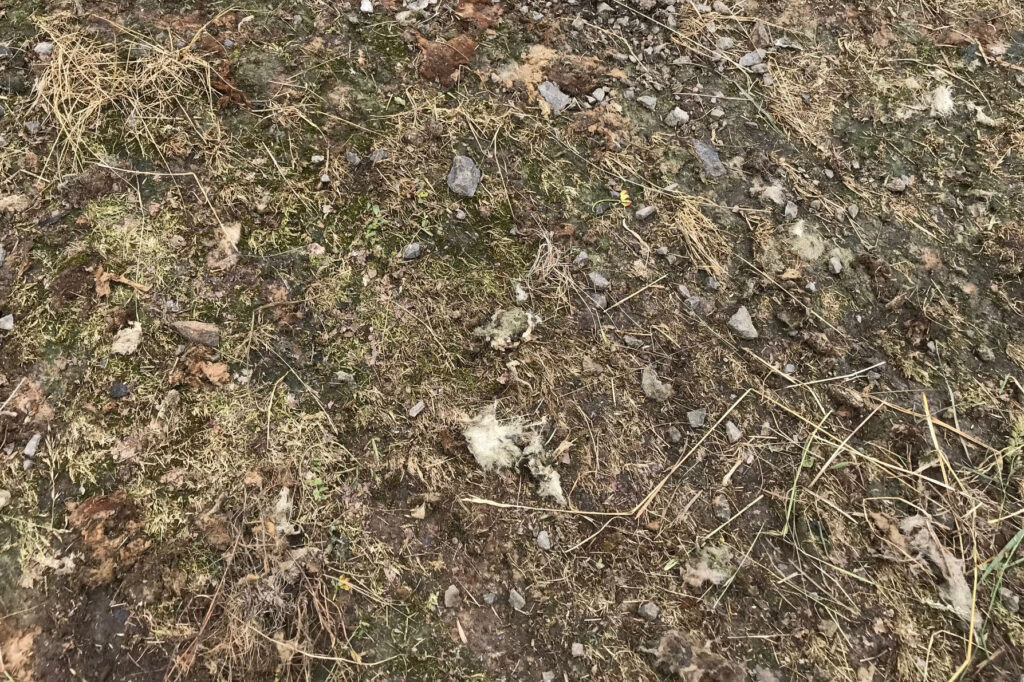
6. Test in Combination with Geotextile failed
In 2021, a neighbor donated a large amount of geotextile. The idea was to initially put geotextile under the sheep’s wool to better prevent the grass from growing through. This was a very bad decision, because the grass seeds fell on the wool+geotextile instead and simply began to grow there. The roots penetrated the textile from above effortlessly and dug themselves into the gravle cover underneath so tightly that soon neither the tufts of grass nor the geotextile itself could be pulled out by hand any more.
Instead, we later had to tear out the textile, tightly woven with sheep’s wool, grass and tufts of roots full of gravel stones, with the help of the tractor, cut it into pieces and fold it into enormous rolls. In this form, we were able to dispose of it in the local waste dump. Of course, this mixture could not be burned. Unlike pure sheep’s wool, which simply disappears by its own over the years, geotextile does not rot at all.
7. Eventual combination with other materials to harden the surface (solutions for wheelchair users)
Originally, further tests were planned, in particular attempts to mix the sheep’s wool with concrete to make the surface more resistant and harder. New technical methods for compacting the surface would also to be further developed. However, as the good fertilizing properties of sheep’s wool became apparent during the project, we started to create a vegetable garden instead, in which the various useful properties of sheep’s wool were tested.
6. Maintenance and care requirements
If the felt carpet had been evenly compacted at the beginning by driving over it with a heavy roller behind the tractor, it would have lasted for maximum 4 – 5 years. An occasional additional treatment with sprays can further some of the weeds that settle on the woolen carpet. 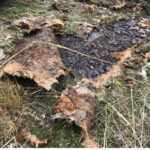 The idea of turning the carpet over piece by piece, in order to show the other “fresh” side after some time, was not realistic, as it tends to fall apart into individual pieces measuring only about 50 x 50 cm when you try to lift it off the ground. The gravel that were revealed underneath were perfectly clean and free of weeds though.
The idea of turning the carpet over piece by piece, in order to show the other “fresh” side after some time, was not realistic, as it tends to fall apart into individual pieces measuring only about 50 x 50 cm when you try to lift it off the ground. The gravel that were revealed underneath were perfectly clean and free of weeds though.
It is very likely that one could simply spread a new, slightly thinner layer of wool on the old layer after a few years and compact it by rolling again on top of the old layer.
7. Influence of weather conditions on the felt cover
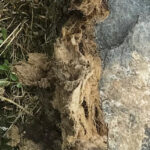 The felt layer breaks down organically within a few years due to sun, wind and rain. The wool fibres that last the longest are relatively thick and in the end resemble plant material more than animal hair (after 4 years, see photo).
The felt layer breaks down organically within a few years due to sun, wind and rain. The wool fibres that last the longest are relatively thick and in the end resemble plant material more than animal hair (after 4 years, see photo).
8. Weed prevention properties of the felt blanket
The properties of a highly compacted layer of wool for weed suppression are extremely good. The grass is not coming through. Also very few plants settle on the top. But if the wool is only loosely on the ground – even very thick – then the grass grows even better and faster on the gravel!
B) Cost and efficiency study of this model to maintain paths in public parks
1. Effort of the first installation: High. 1-2 kg raw sheep wool per square meter (1 big fleece), spread by hand. The price/kg in 2020 in the region of french Auvergne was approx. 0,50 Cents + transportation costs and fuel costs for frequent rolling over during the first months. Sometimes the raw wool is given away by farmers.
2. Effort for maintenance and care: Very economic. Once the felt cover is dense enough, weeds are barely coming through during 4-5 years. But then it needs another layer of wool on top.
3. Optional: Acquisition of a test herd of 20 sheep and a mobile fence for the production of new sheep wool and to “mow” the surrounding lawns in which the path is embedded
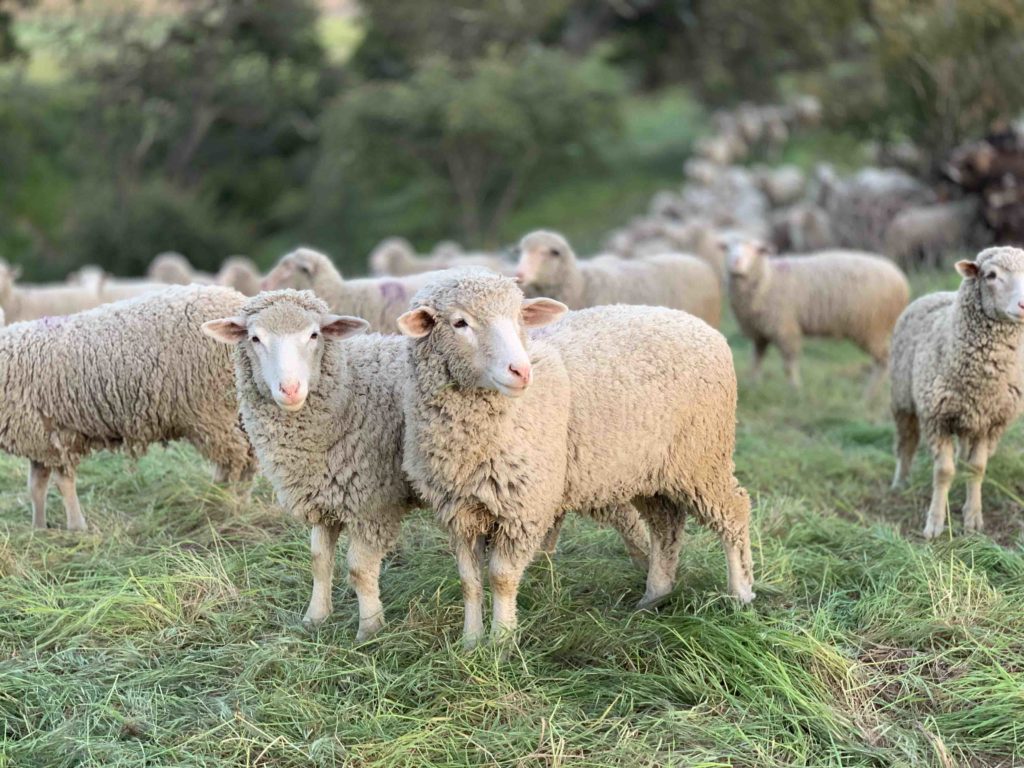
C) Other Mid- and Longterm Perspectives
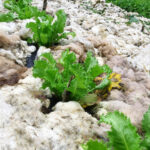 Creation of a vegetable garden, in which the various useful properties of sheep’s wool are tested.
Creation of a vegetable garden, in which the various useful properties of sheep’s wool are tested.
- Designing and programming a multilingual website in order to provide a platform for the exchange of natural building materials and fertilizers from local producers allover europeen countries.
